2021 | Forum
On a Zig-Zag Course
In this unusual year, the Forum will be presenting 17 works which dare to re-evaluate historical legacies and enter into new, uncharted and often unpredictable territory. Section head Cristina Nord outlines this year's selection and discusses the mission to create an environment for cinema as a social space.
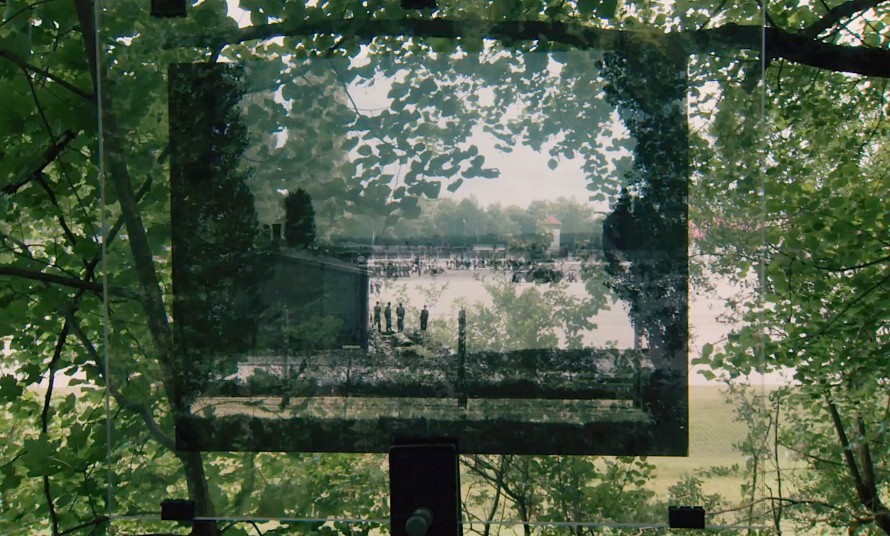
À pas aveugles (From Where They Stood)
The world has been affected by the COVID-19 pandemic for over a year now. What specific impact has it had on this year’s film selection?
We didn’t get the impression that fewer films were made that could be considered for the Forum. What we did notice, however, was the reduction in the size of our programme. It was a real challenge to select only 17 films instead of the usual 35. We really felt for each film that we couldn’t include in the programme even though we would have liked to.
And what has it meant in terms of the submissions? Are films already being tangibly and visibly influenced by the pandemic, in terms of their content or style?
In the Forum, we often work with filmmakers who don’t initiate large-scale, extravagant productions anyway. The number of film submissions was not lower than in normal years. But there were quite a few lockdown films, some made in the filmmakers’ homes and some that address the pandemic directly. With A River Runs, Turns, Erases, Replaces by Shengze Zhu, we’re showing a beautiful film from Wuhan which deals with the devastating consequences of the pandemic in a poignant way that is neither kitschy nor overly emotive. It’s an artistically mature film that explores something very topical.
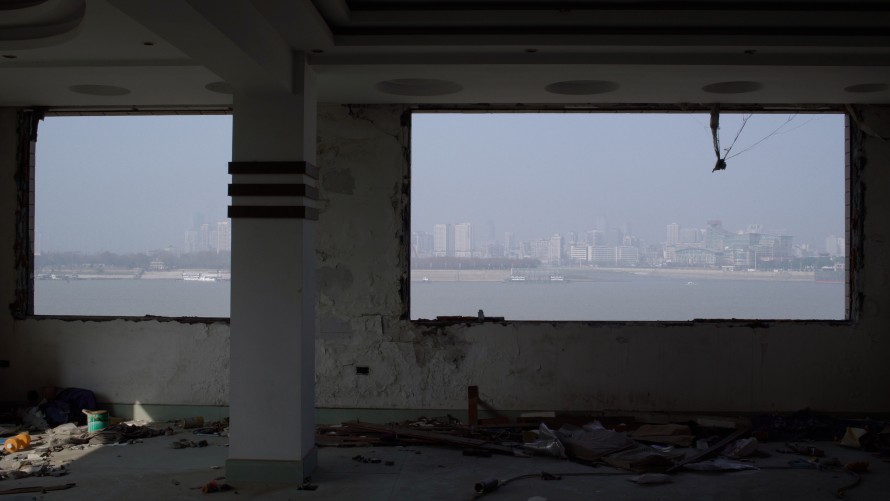
A River Runs, Turns, Erases, Replaces
What role do you think film festivals play in the current situation? What are their responsibilities?
It’s important to create an environment in which film culture and the artistic forms of expression of cinema can grow and flourish. Film festivals play a major part in this – but the pandemic means they can’t take place in a physical form at the moment. What can we do? Try to make the best of it. I see the transfer of the programme into a digital format for an industry audience as an opportunity, and we shouldn’t forget that it can also give access to industry professionals who otherwise might not be able to afford the trip to Berlin.
The question that remains open is the one about the cinema as a place, as a social space where people can see the films in the format for which they were conceived. In the current situation, it’s not possible for the cinemas to be open. Which means it’s important to ensure a particularly attractive programme is ready at the moment when we can go to the cinema again. To me, this is one of the tasks of the Berlinale: to ensure that’s exactly what happens in June. For the Forum, this means creating a platform for discussion which deepens the reception of the films.
This year’s selection includes a noticeably large number of debut films. Was that a conscious decision you made beforehand, or did this focus result from the submissions themselves?
The selection of films was shaped by unforeseeable events, so there could not have been such a thing as a masterplan which would have had to be drawn up in August. The general conditions were subject to constant changes, which is why we let ourselves be guided all the more by the films themselves. This is typical of any selection process: you may have ideas, but then you watch films that steer these ideas in a different direction. The decrease in the size of the programme eventually brought about our focus on younger filmmakers. At a certain point, we were faced with the question of whether we would prefer to invite established filmmakers and thus show the type of works that previously may have already featured in the Forum. Or whether we would dare to go for fresher and/or rawer material which may not yet be one hundred percent polished, but which embodies a certain new direction. Of course, we didn’t submit to any strict rule. We also have people like Avi Mograbi and Anocha Suwichakornpong in the programme, and they are hardly newcomers.
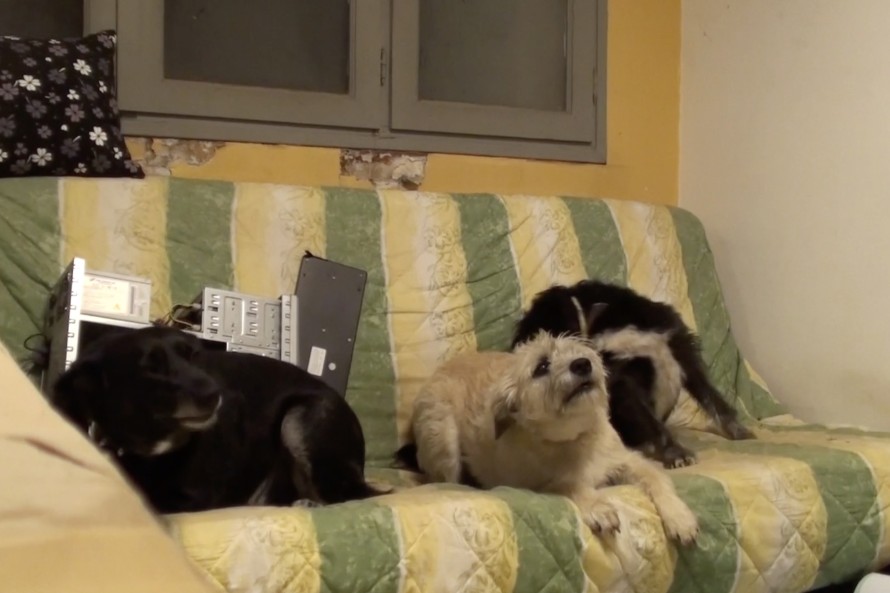
Qué será del verano (What Will Summer Bring)
Is the unpredictability – which is a salient characteristic of the works in the selection – related to the fact that they are debut films?
I think that’s hard to say, because we’ve seen a lot of films by young filmmakers who are following well-trodden paths. We’ve chosen those who have taken other paths, who dare to take risks.
For example, when I think of Qué será del verano (What Will Summer Bring) by Ignacio Ceroi, one of the two Argentinian films featured this year, it’s like a zigzag. The directions the film takes are astonishing. In the beginning, you’d never guess that, at some point, you’re going to end up in a militarily contested area in Cameroon. We were charmed by this film’s agility.
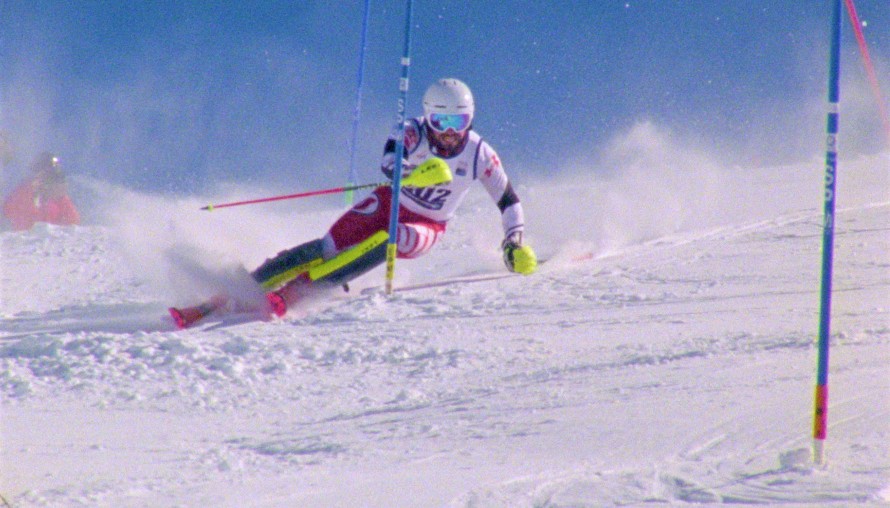
Esquí (Ski)
Which other films display such a productivity of the unpredictable?
The second Argentinian film – which I’ve viewed several times now – baffles me every time. It is called Esquí (Ski) and is by an alumnus of Berlinale Talents, Manque La Banca. He comes from a town called Bariloche in the Argentinian Andes, a ski resort. The film was made in cooperation with people who live in a community on the outskirts and who work in the tourism industry, for example, at the ski lift. These people are far from privileged and are perhaps living on the margins of society – and Manque La Banca makes the film in collaboration with them. This is in the tradition of experiments in shared authorship, in contrast to an extractivist model of filmmaking where, as a filmmaker, you go somewhere, get the material and then disappear again. At the same time, the film is imbued with legends: a monster from the stories of the Mapuche crops up. Ultimately, Esquí has a hip appearance while simultaneously developing a political consciousness: it’s a kind of marriage between the will to create and woke awareness.
Jai jumlong (Come Here) by Anocha Suwichakornpong from Thailand is another example. The film doesn’t work in a way that you could say you understand it or get what it’s about immediately. I think you puzzle over it for quite a while – and that’s really beautiful.
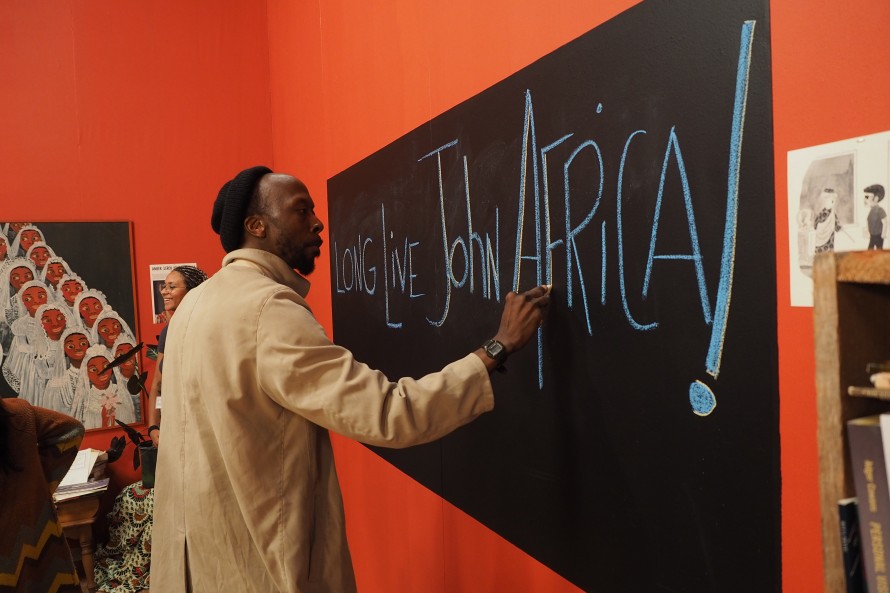
Julian Rozzell Jr. in The Inheritance
The Forum is always a place for archives, too. The historical vault is delved into, revisions and reinterpretations are made – are there any films again this year that specifically come to mind in this context?
Absolutely. Particularly worth mentioning is Juste un mouvement (Just a Movement) by Vincent Meessen. The film revolves around the Senegalese student Omar Blondin Diop. He was in Paris in the late 1960s, studied in Nanterre and appeared in Godard’s La Chinoise as the character who teaches Mao and Marx to the young protagonists. Juste un mouvement sticks close to the heels of Omar Blondin Diop who at some point returns to Dakar, is arrested and dies in unexplained circumstances on the prison island of Gorée, presumably a violent death. This story is interlinked with Godard’s material which shows, among many other things, how blindly enthusiastic young, radical Europeans in the late 1960s were about China, Mao and the Cultural Revolution. And this is put in relation to how Chinese soft power is taking effect in Senegal today.
Another film dealing with Black culture and experiences is The Inheritance by Ephraim Asili which looks at the African American MOVE commune that existed in Philadelphia in the 1970s and 80s, until their home was bombed by the Pennsylvania State Police in 1985. In the resulting fire, eleven people died and an entire street was destroyed. The film remembers this commune while also seeking to revive key moments in the history of Afro-American culture, pop and theory.
And finally, I’d like to mention Christophe Cognet’s film, À pas aveugles (From Where They Stood). Cognet worked with photographs taken by prisoners in concentration and extermination camps. Few such images exist because there was a huge risk involved in taking them, quite apart from the fact that, to start with, a camera had to be got hold of. Cognet travelled to the former camps with glass-plate prints of these photographs and made a kind of comparison between the images and the current state of the sites. He also initiated research into the photographs: who took them, how did they come about, who was photographed, what happened to these people? In the end, he examines how images can be read and what can and cannot be seen in them. It’s an important film, not least because it explores the potential that images have as part of a resistance.
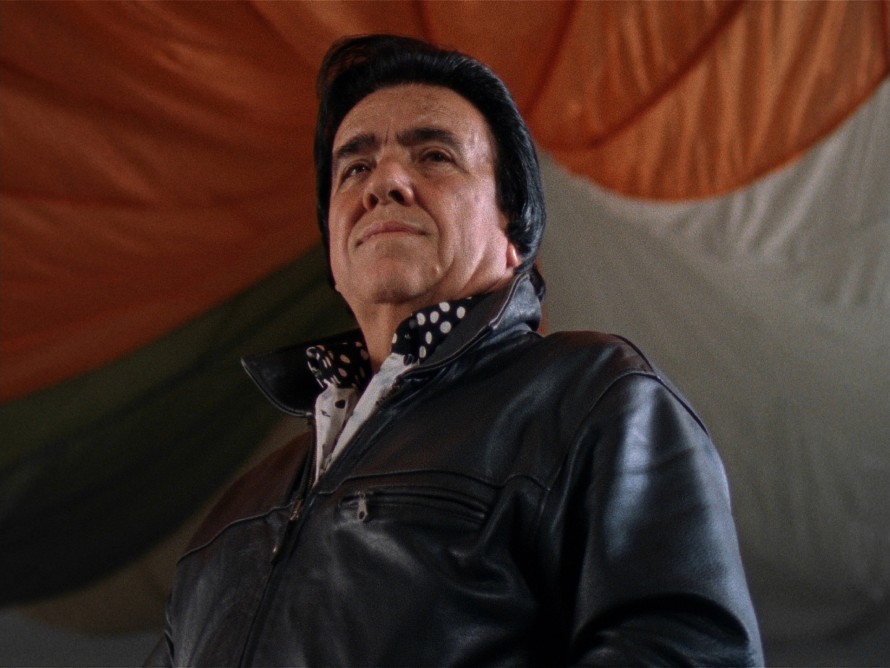
No táxi do Jack (Jack’s Ride)
Also noticeable is the coexistence and in some instances concurrence of conceptual rigour and an almost playful openness. I’m thinking, for example, of Anmaßung...
Anmaßung (Anamnesis) is a tough film. And yet, the way the filmmakers Chris Wright and Stefan Kolbe deal with the fact that they cannot show the face of the murderer, Stefan S., is inventive and adventurous. They make this the subject of the film; you could say that the makers allow the film to reflect upon its own genesis.
There’s also something tangibly playful in a film like No táxi do Jack (Jack’s Ride) by Susana Nobre. The protagonist embodies something you might not, at first, expect: style and cosmopolitanism. He spent a long time living in New York, working as a taxi driver. Now, he’s back in Portugal and not far off retirement. In a mixture of fiction and documentary, he plays a variant of himself. A dichotomy is so often claimed to exist between the so-called “little people” and a cosmopolitan elite – but with Jack, this is entirely counteracted.
Some filmmakers turn the focus on themselves, a stratagem not only seen in Anmaßung. How can this be interpreted, for example, in The First 54 Years – An Abbreviated Manual for Military Occupation?
In Anmaßung, it’s a strategy of self-reflection. Avi Mograbi, on the other hand, often appears in his own films. In his previous works, he has frequently displayed a cheerful irony. But in The First 54 Years – An Abbreviated Manual for Military Occupation, it is more of a bitter irony. And this is connected to the film’s subject matter: the deadlock in the Palestinian territories.
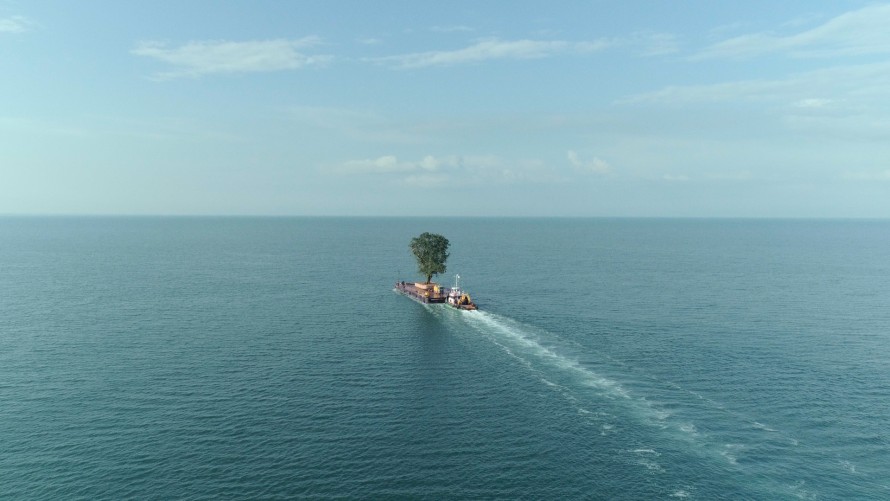
Taming the Garden
It’s always exciting to see certain motifs crystalising. This year, it appears – among other things – to be the tree, the forest, abundant vegetation. Which films do you think of in this regard?
You’re right, the forest does run through the selection, especially the tropical forest, as in Jai jumlong or the forests of Cameroon in Qué será del verano.
Trees play a major part in Salomé Jashi’s Taming the Garden. For one thing, these trees are really beautiful and have fantastic shapes. On the other hand, they illustrate how unchecked power operates, how those with the necessary capital and influence can act in a totally unrestrained way.
In La veduta luminosa (The Luminous View) by Fabrizio Ferraro – another film that moves in a very free and meandering way – around the last third is set in the forest. Getting lost in the forest represents a form of loss of self. The male protagonist, a director, is in a state of loss of self, on the verge of insanity – and the forest has something to do with that.
But, of course, it’s difficult to reduce something as diverse as the forest to one motif. It varies a lot depending on each film.
To come full circle to the initial question: what do you imagine the selection process will be like next autumn, and the films?
I really can’t say, yet. Will there be fewer submissions because less filming has been done? I’m not sure. Film is a medium that is connected to the time in which it originates. And this current special situation is a novelty for a lot of people – at least in Western Europe. It may be different in other parts of the world because people are more used to dealing with uncertainty there. But here, this factor of unpredictability is a relatively new experience. And I can imagine this will be reflected in future productions.
Interestingly, during this year’s selection process, we saw hardly any films with people wearing masks. Maybe this will feature in the next selection period.
But anyone who manages to make a film and assert themselves in this adverse reality deserves great respect.